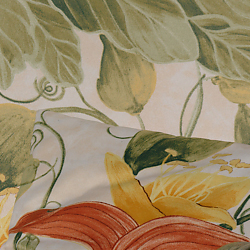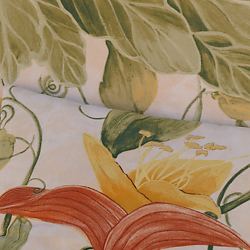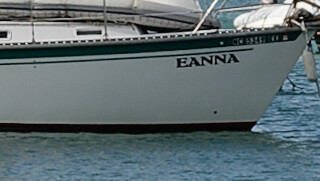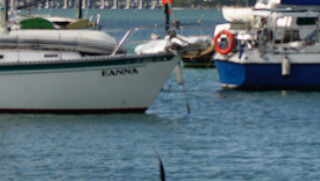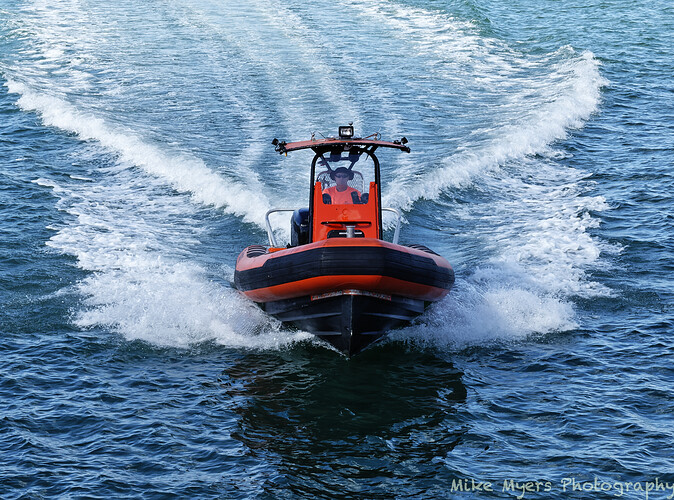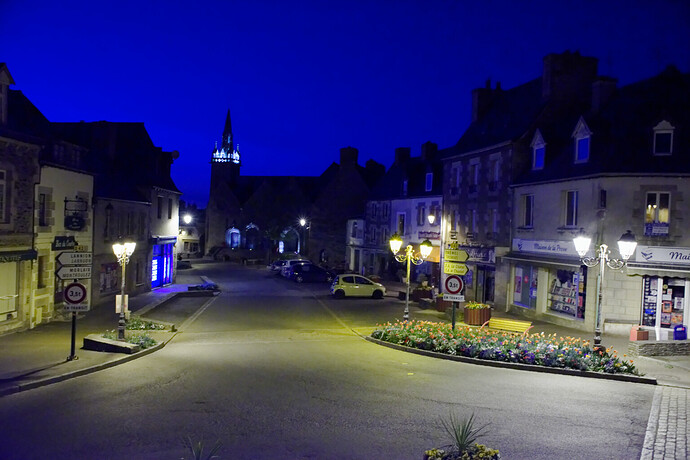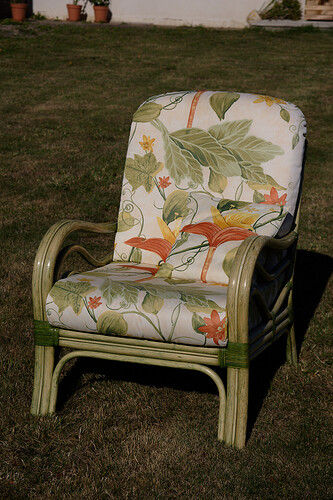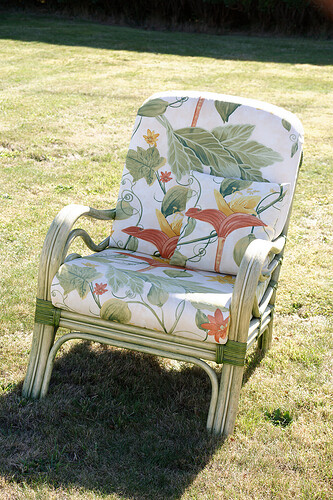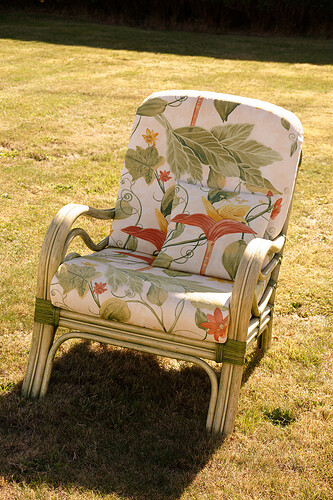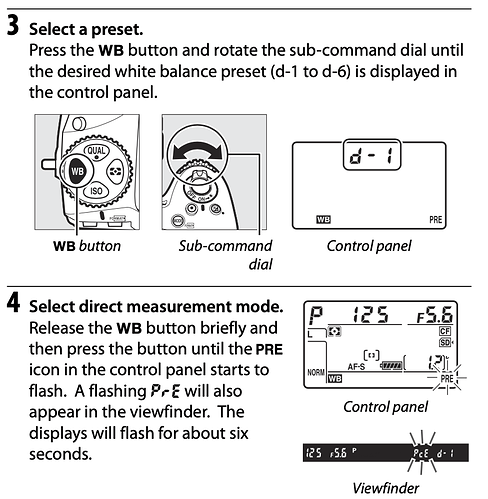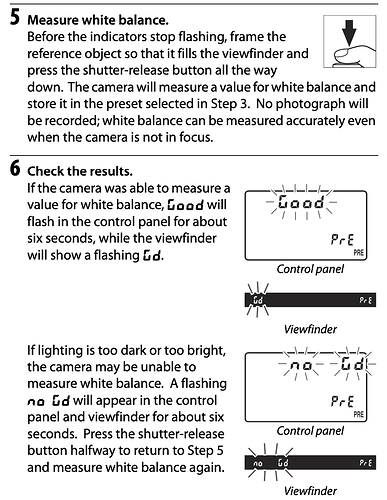Can I just ask why you didn’t stay in PL and use one of the excellent FIlmPack B&W renderings from there?
As it is, we can’t see how you edited it because the .dop file for this .tif doesn’t contain the edits you made to the original raw file.
Yeah, only missing around 1 GigaPixels 

I don’t get this. PL shows whatever temperature the shot was taken at, it doesn’t impose anything on it.
I’m not surprised, that boat is hardly neutral grey…
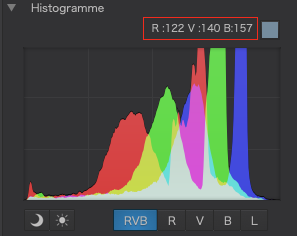
You can’t always rely on the colour picker to give you the temperature of the light when an image was shot. In this shot the light colour will be affected by reflection from the water, which has its own coloration.
In my LF photography I use a precision colour meter to tell me which compensation filters to use to correct the light temperature to the film temperature. It is from my experience with daylight transparency film always being 5600°K that I always recommend setting a digital camera to this value for normal daylight shooting, regardless of what the light actually is or where the sun is in relation to the camera.
Just because we are using digital cameras doesn’t mean we couldn’t use a colour meter and compensation filters in front of the lens - this would be the “professional” way of doing things. But, since we don’t want to spend a small fortune on such gear, and given that we can correct the WB in post-processing, most of us tend to take the easy way out, shoot at 5600°K and change the WB to what we feel suits our memory of what we saw.
Even using physical correction filters with film allows us to change the colour rendering to suit what we have visualised.
Just pretend your digital camera is a film camera and set the WB to 5600°K. The only difference to film is that you can change the temperature in post processing, without any detriment to image quality, in post processing.
Here’s a night shot at 5600°K…
And here’s how I chose to render it (at around 2200°K)…
Just to demonstrate why I wouldn’t rely on auto-WB, here is a series of shots taken at both a temperature measured with my colour meter, depending on the direction of light, and taken with auto-WB on the camera.
Let’s start with auto-WB with the sun behind me…
Now with a measured 5150°K…
Now, auto-WB against the sun…
… and finally, with a measured 8580°K against the sun…
Although the two measured shots do not appear to have the same temperature, that is an optical illusion and, if we zoom in to both, side by side, we can see that the colour temperature and thus rendering is virtually identical…
